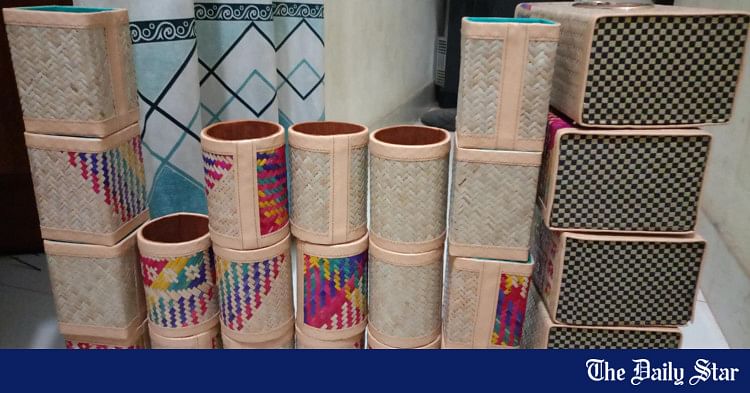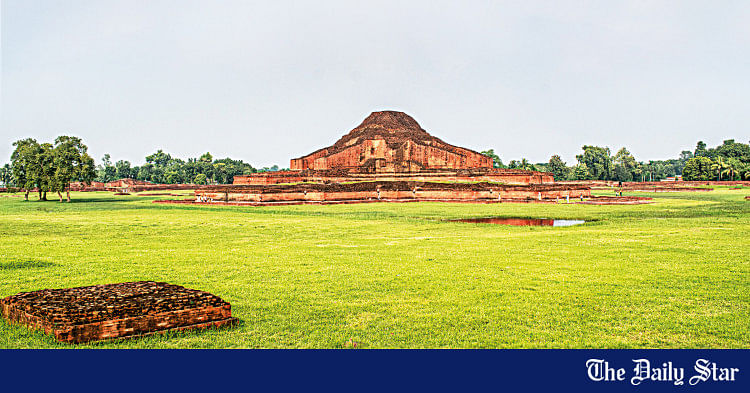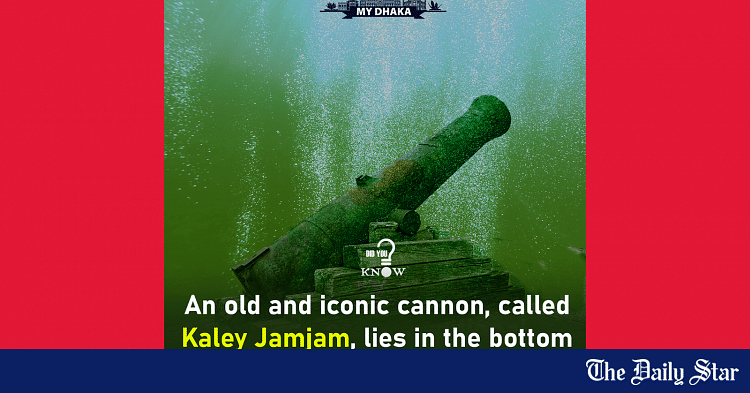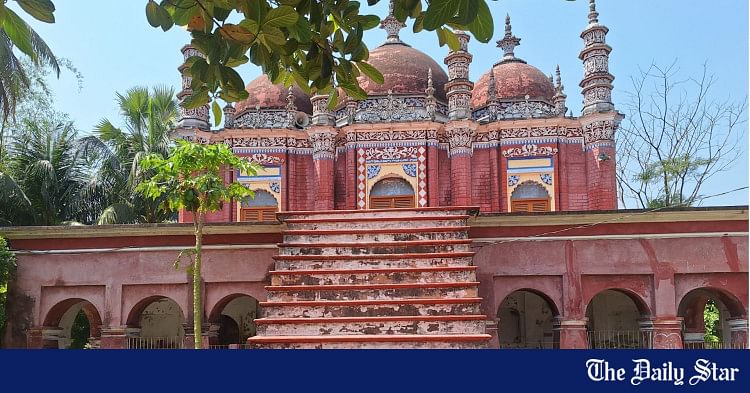Saif
Senior Member
- Jan 24, 2024
- 12,724
- 7,061
- Origin

- Residence

- Axis Group

- Copy to clipboard
- Thread starter
- #13

Negligence in conserving heritage sites unacceptable
A PROFIT-SEEKING group of landowners and property developers have demolished buildings of archaeological significance in Old Town of Dhaka in breach of a High Court order.
 www.newagebd.net
www.newagebd.net
Negligence in conserving heritage sites unacceptable
24 October, 2024, 00:00
A PROFIT-SEEKING group of landowners and property developers have demolished buildings of archaeological significance in Old Town of Dhaka in breach of a High Court order. The Urban Study Group, a non-profit organisation campaigning for the conservation of heritage sites, on October 22 expressed concern about the continued demolition of heritage sites protected by the law and specific High Court orders. The most significant heritage structure on Dinanath Sen road erected 1898 in the neo-classical architectural style is now demolished. The demolition has been going on for weeks until the group filed a general diary with the Gandaria police on October 22. But the demolition soon resumed as no authorities concerned took steps to protect the site. In 2022, Bara Katra, another heritage structure built in 1644–1646, was partially dismantled. The remaining structure is also illegally occupied with little care for its preservation. In Dhaka, as Rajdhani Unnayan Kartripakkha says, there are 74 heritage sites, but only a handful of them are protected. Many of the privately owned sites are partially or fully demolished by owners.
The allegations that successive governments have been negligent in protecting cultural heritage are, therefore, not wrong. The Antiquities Act 1968 stipulates the government will recognise century-old buildings, monuments and sites with historic, architectural and cultural significance as heritage sites and will preserve them. Bangladesh, a signatory to the World Heritage Convention 1972, is also obliged to conserve the sites. In addition, there are High Court directives that ask the authorities to update the lists and submit periodic reports to the court. The government, more specifically the archaeology department and Rajdhani Unnayan Kartipakkha, has failed to perform its legally defined responsibilities. Heritage conservation experts blame corruption, lack of expertise, owner’s unwillingness and business interests of politically influential quarters for the failure. Dhaka’s detailed area plan does not allow any construction within 250 metres of protected areas, but in reality, many structures are there. The amendment to the National Building Code that has reduced the buffer zone of heritage sites and relaxed the height limits has created scope for real estate development near heritage sites. The archaeology department or the city development authorities has no comprehensive list of heritage sites.
The preservation of cultural and natural heritage sites is not only foundational in shaping the philosophical vision of a nation, it could also be an economically beneficial way of positively impacting the tourism industry. The archaeology department should, therefore, take early steps to protect the heritage structure on Dinanath Sen Road and other similar sites. The government should introduce the transfer of development rights as recommended by conservation experts so that private owners are adequately compensated to co-operate with the restoration initiatives. The government should also strictly enforce laws and regulations.
24 October, 2024, 00:00
A PROFIT-SEEKING group of landowners and property developers have demolished buildings of archaeological significance in Old Town of Dhaka in breach of a High Court order. The Urban Study Group, a non-profit organisation campaigning for the conservation of heritage sites, on October 22 expressed concern about the continued demolition of heritage sites protected by the law and specific High Court orders. The most significant heritage structure on Dinanath Sen road erected 1898 in the neo-classical architectural style is now demolished. The demolition has been going on for weeks until the group filed a general diary with the Gandaria police on October 22. But the demolition soon resumed as no authorities concerned took steps to protect the site. In 2022, Bara Katra, another heritage structure built in 1644–1646, was partially dismantled. The remaining structure is also illegally occupied with little care for its preservation. In Dhaka, as Rajdhani Unnayan Kartripakkha says, there are 74 heritage sites, but only a handful of them are protected. Many of the privately owned sites are partially or fully demolished by owners.
The allegations that successive governments have been negligent in protecting cultural heritage are, therefore, not wrong. The Antiquities Act 1968 stipulates the government will recognise century-old buildings, monuments and sites with historic, architectural and cultural significance as heritage sites and will preserve them. Bangladesh, a signatory to the World Heritage Convention 1972, is also obliged to conserve the sites. In addition, there are High Court directives that ask the authorities to update the lists and submit periodic reports to the court. The government, more specifically the archaeology department and Rajdhani Unnayan Kartipakkha, has failed to perform its legally defined responsibilities. Heritage conservation experts blame corruption, lack of expertise, owner’s unwillingness and business interests of politically influential quarters for the failure. Dhaka’s detailed area plan does not allow any construction within 250 metres of protected areas, but in reality, many structures are there. The amendment to the National Building Code that has reduced the buffer zone of heritage sites and relaxed the height limits has created scope for real estate development near heritage sites. The archaeology department or the city development authorities has no comprehensive list of heritage sites.
The preservation of cultural and natural heritage sites is not only foundational in shaping the philosophical vision of a nation, it could also be an economically beneficial way of positively impacting the tourism industry. The archaeology department should, therefore, take early steps to protect the heritage structure on Dinanath Sen Road and other similar sites. The government should introduce the transfer of development rights as recommended by conservation experts so that private owners are adequately compensated to co-operate with the restoration initiatives. The government should also strictly enforce laws and regulations.












